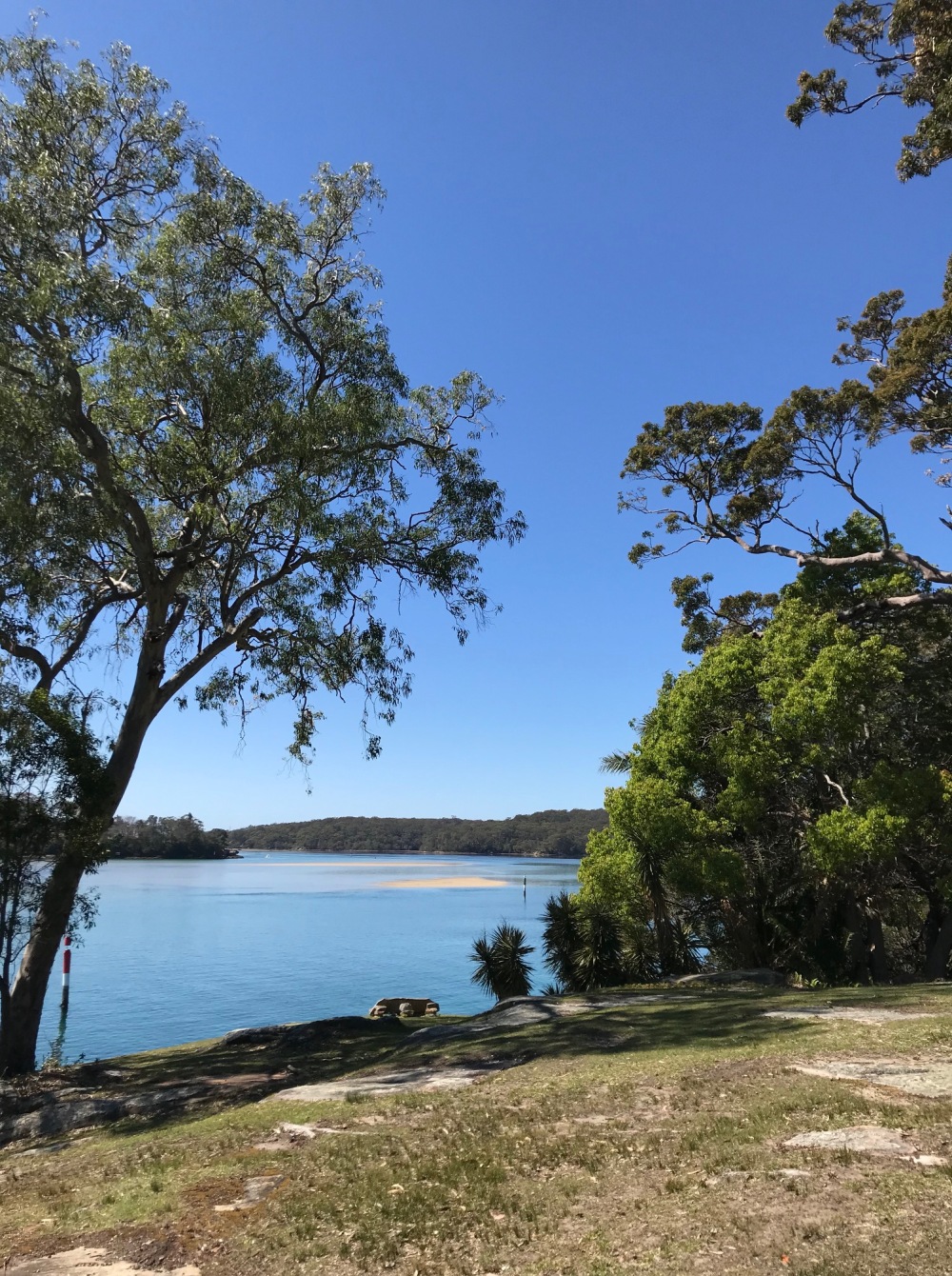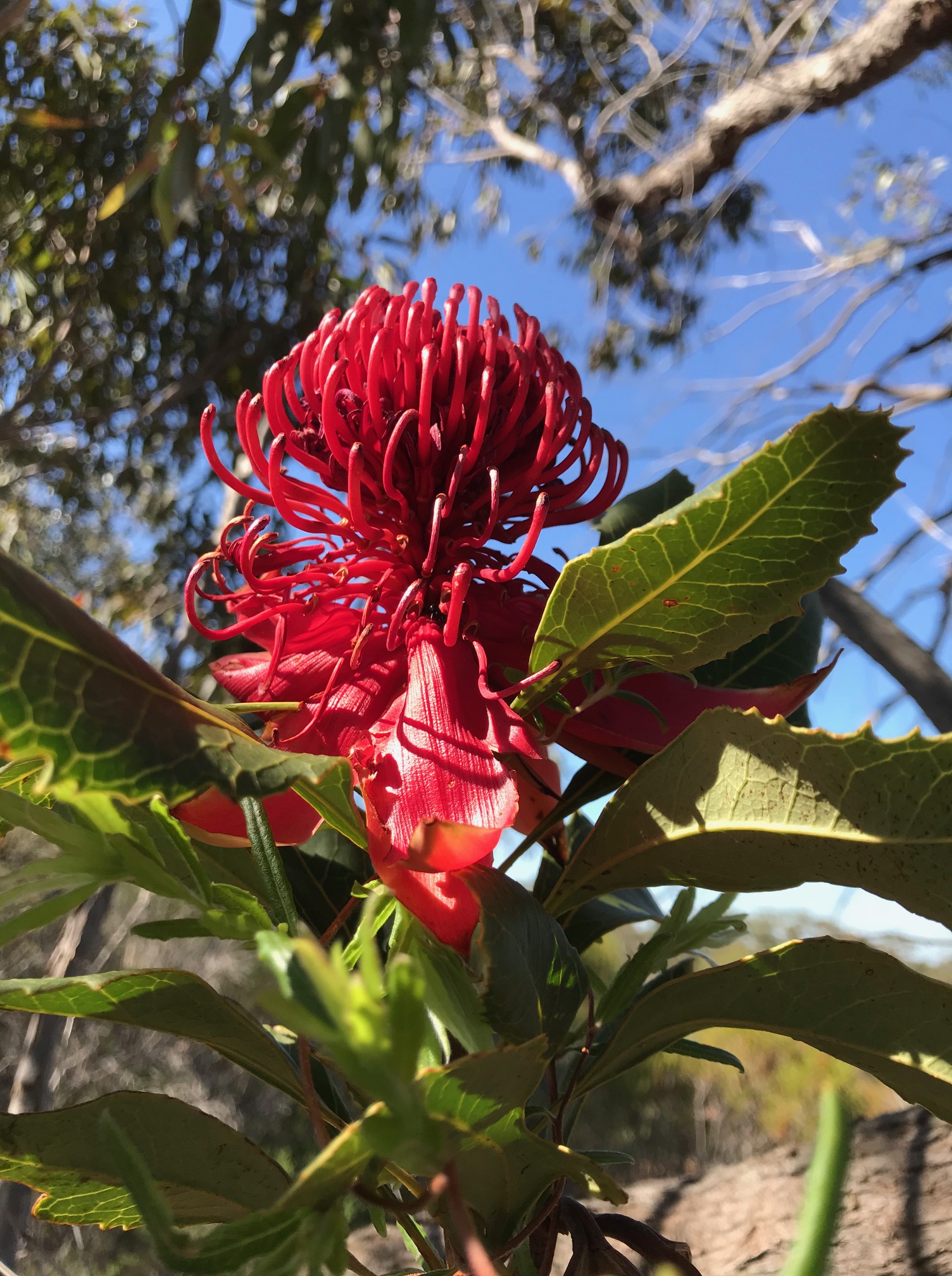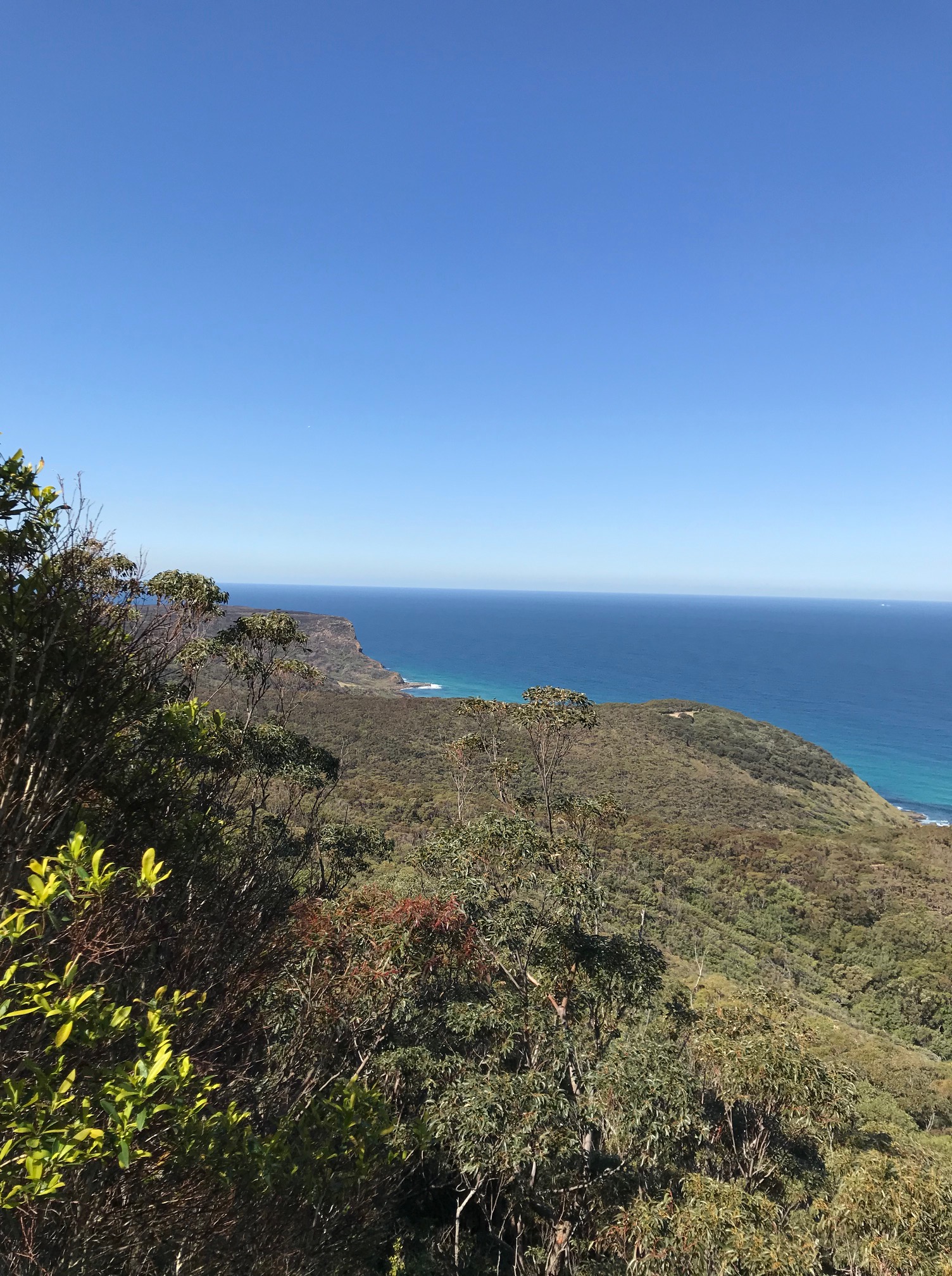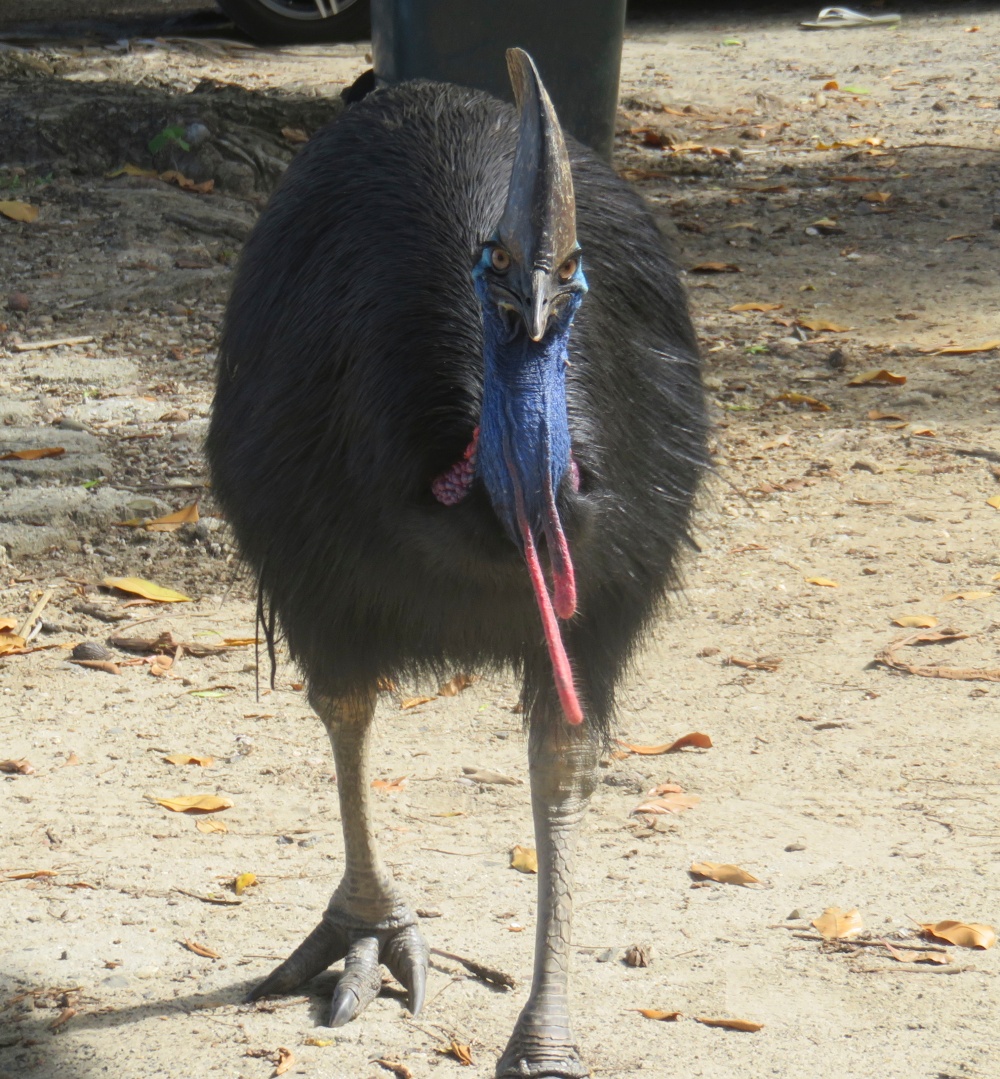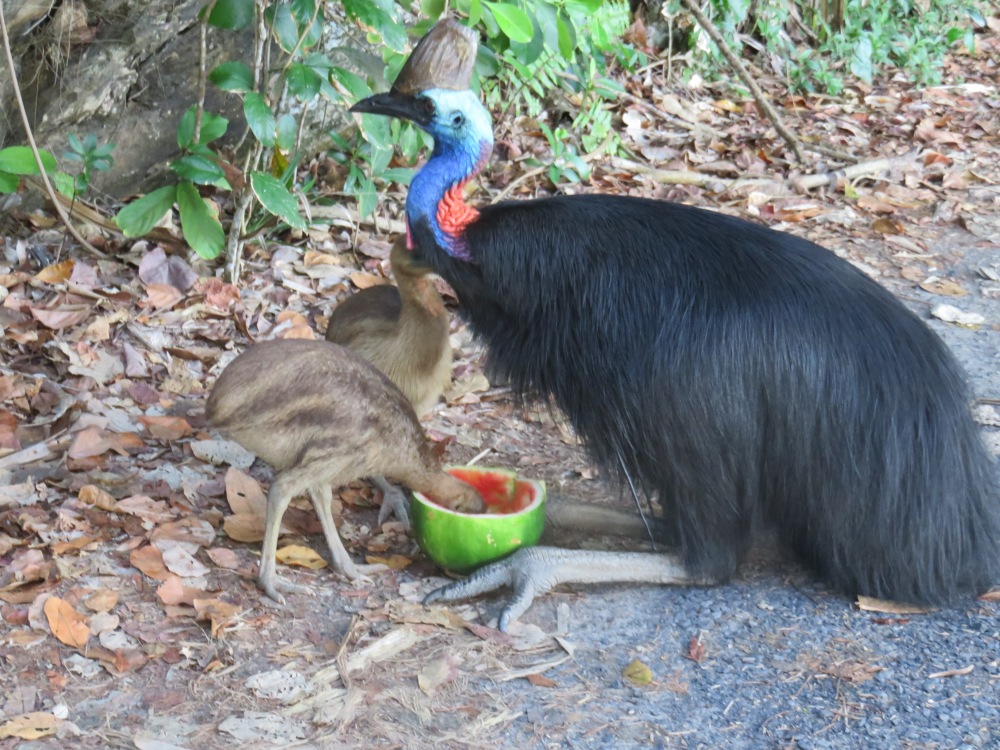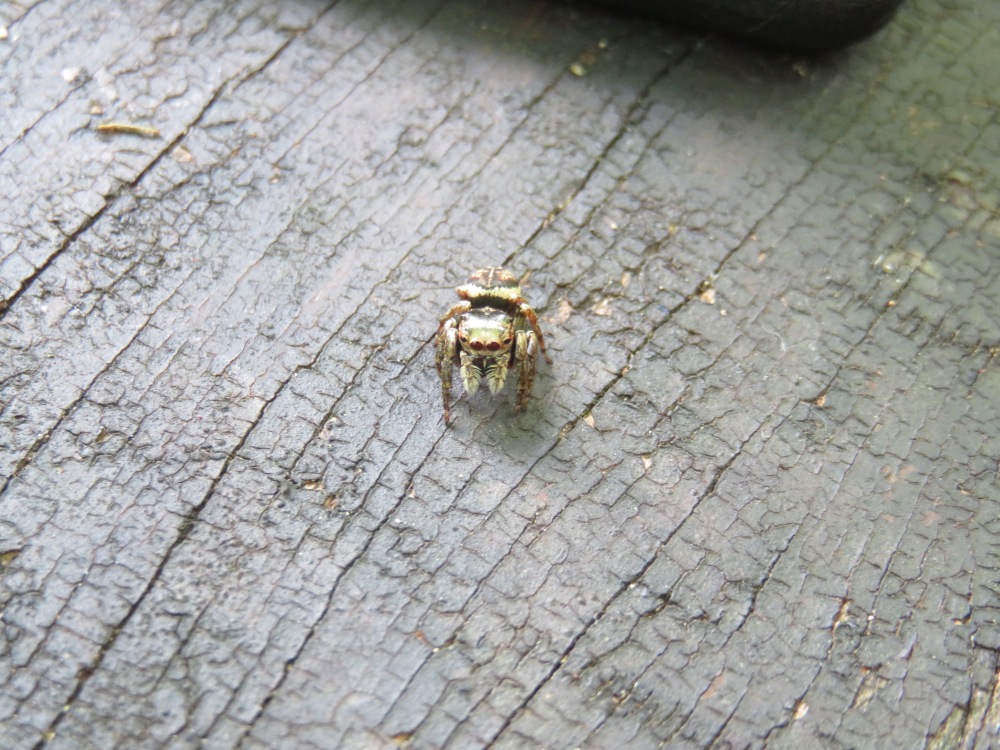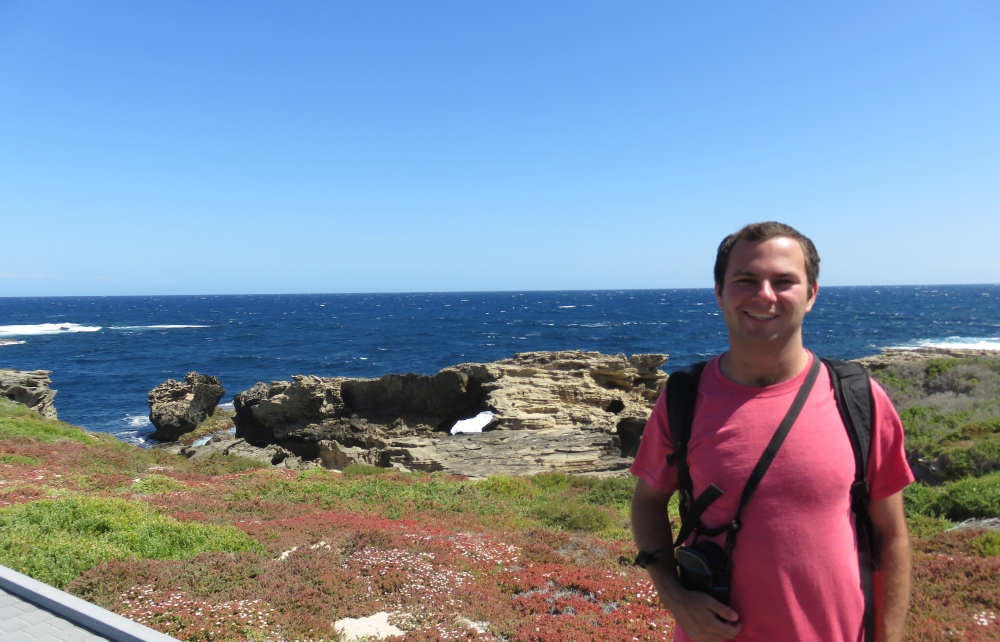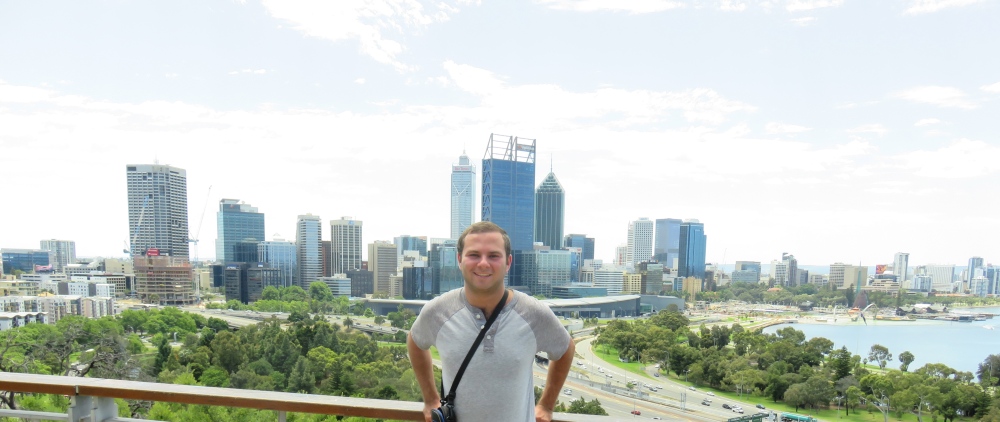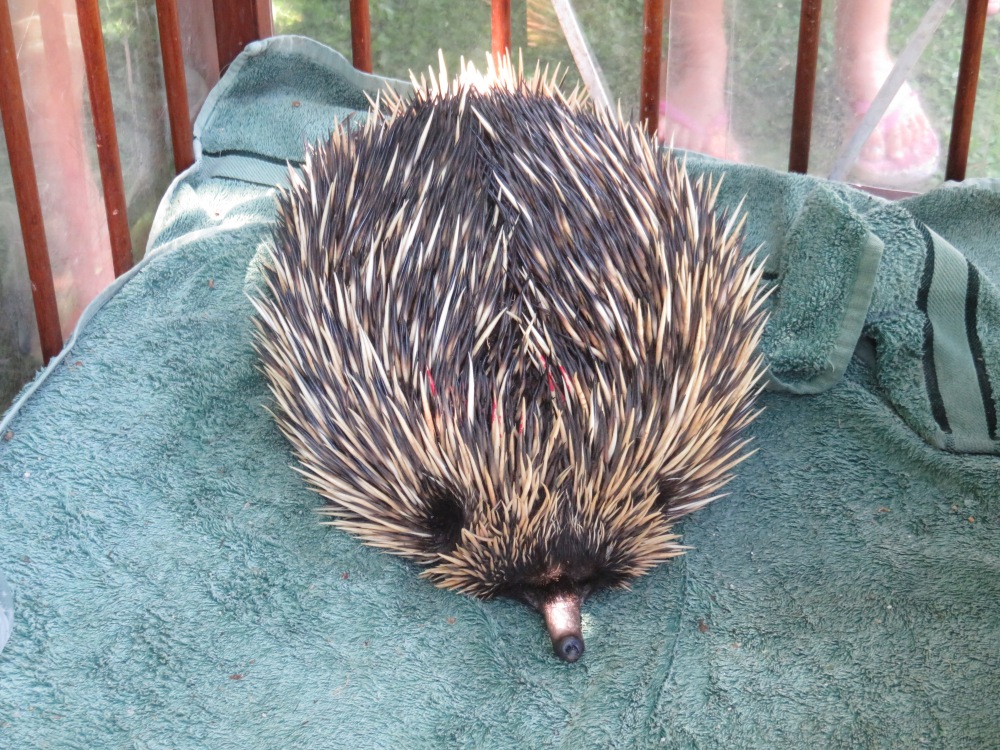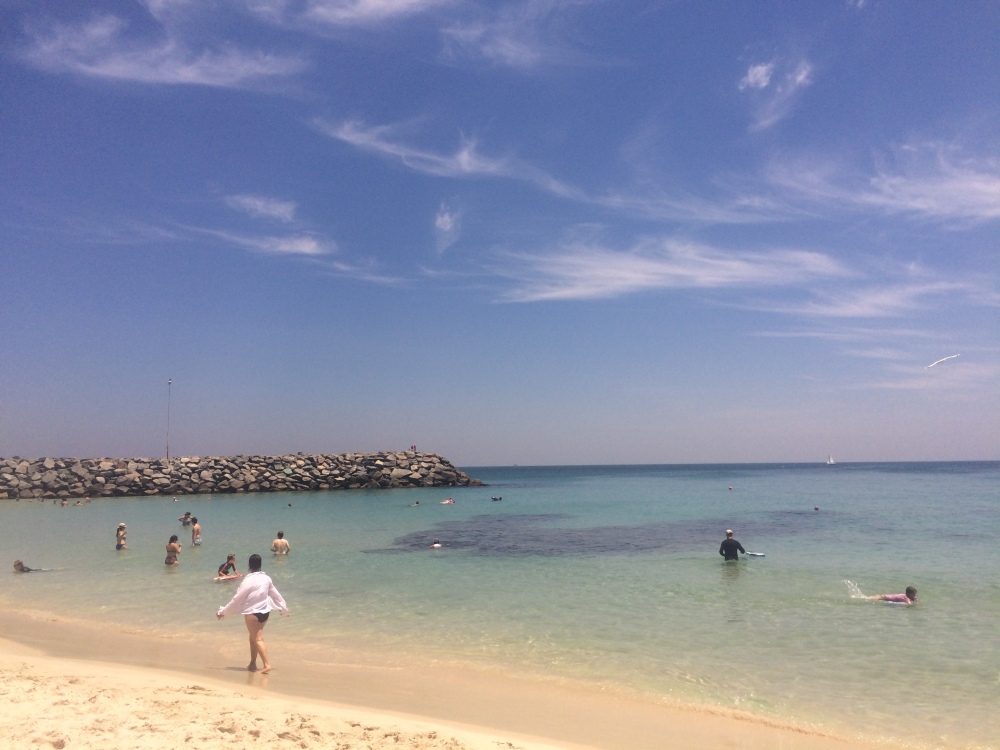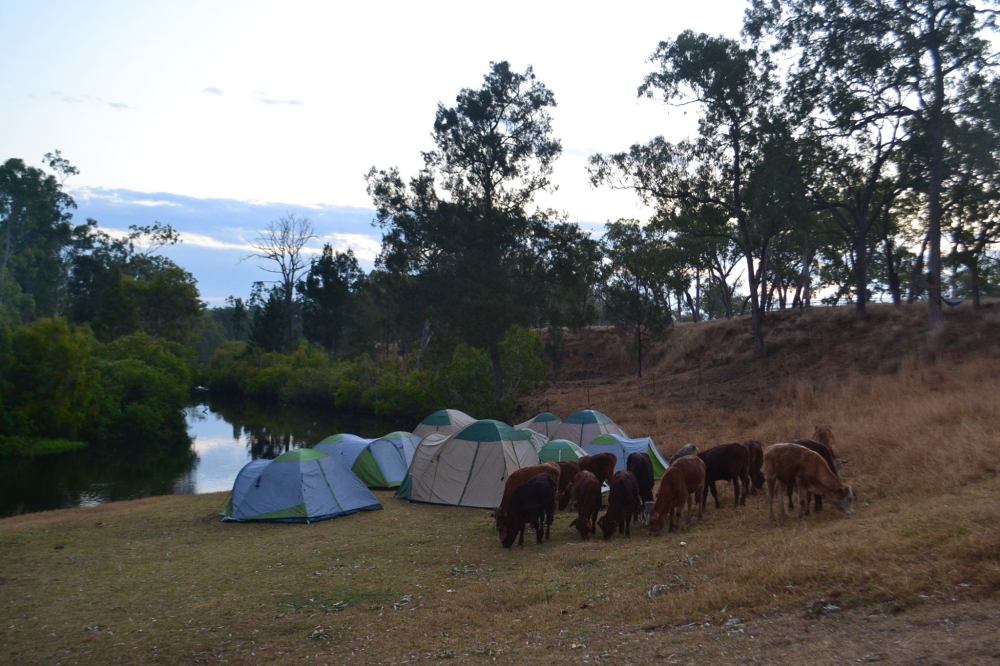Back to Cairns! It was wonderful to have the opportunity to see the other side of Australia by living in Perth. The dry scrub forests and unique wildlife differed from the flora and fauna in the tropics. I got to experience what it was like to live in a big city on the other side of the world, taking advantage of all the cultural events and international foods. I even got to check out the small bar scene a bit, with the Northbridge district offering “hidden” bars and speakeasies down secluded alleyways. My project also gave me the chance to study something new, focusing on animal behavior at a zoo!
In between writing up my final report and working on a presentation, I made sure to spend plenty of time visiting my favorite zoo exhibits, especially the koalas and echidnas. Unfortunately, the quokka exhibit was temporarily closed, but that didn’t stop me from going to see them on the one place where there is a stable population: Rottnest island.
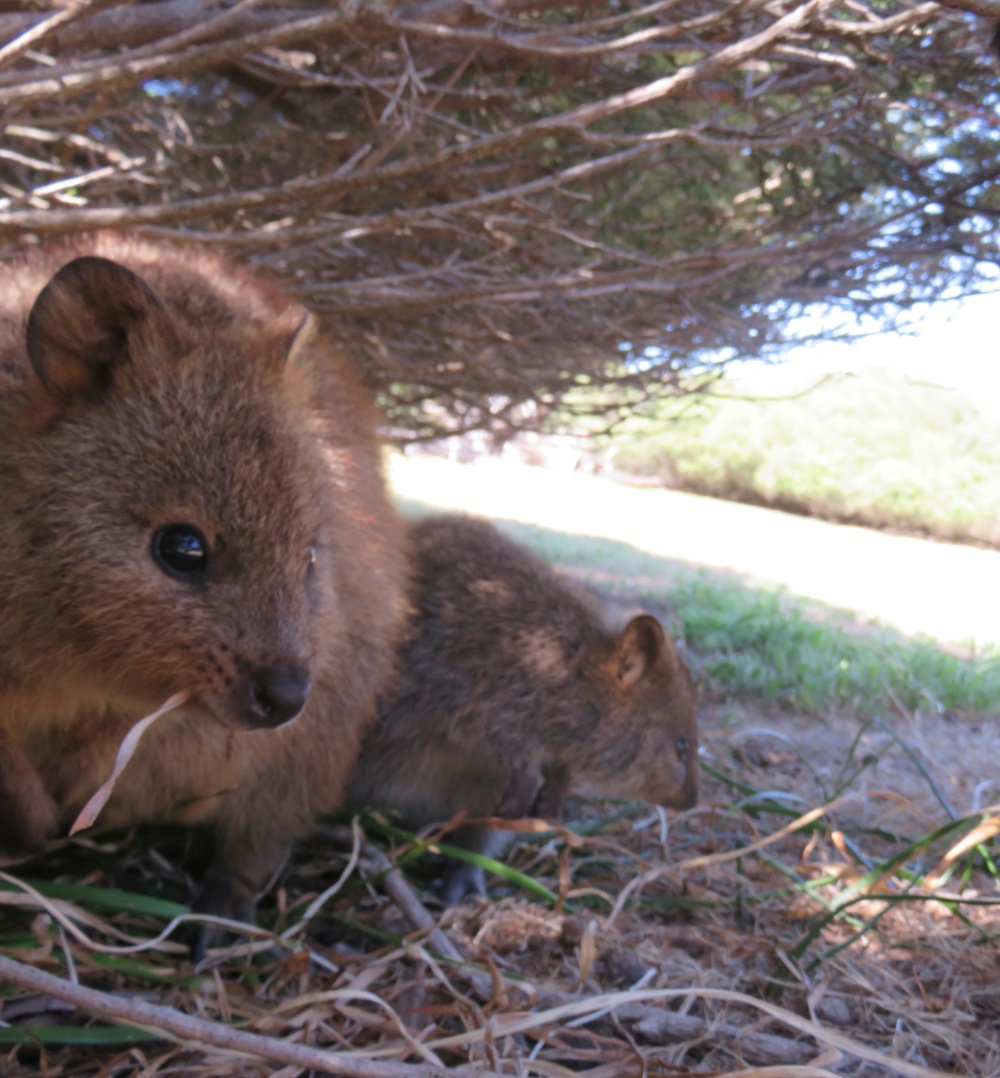
A quokka and her joey!
There are about 14,000 quokkas, small rodent-like marsupials, currently residing on the island. Though there are still some on the mainland, predators like introduced foxes and cats have driven them to the island. It was a privilege to visit the quokkas in the wild; however, I was shocked by how accustomed to tourists they were. I knew they were friendly, but they would come out from the bush and approach me out of curiosity.
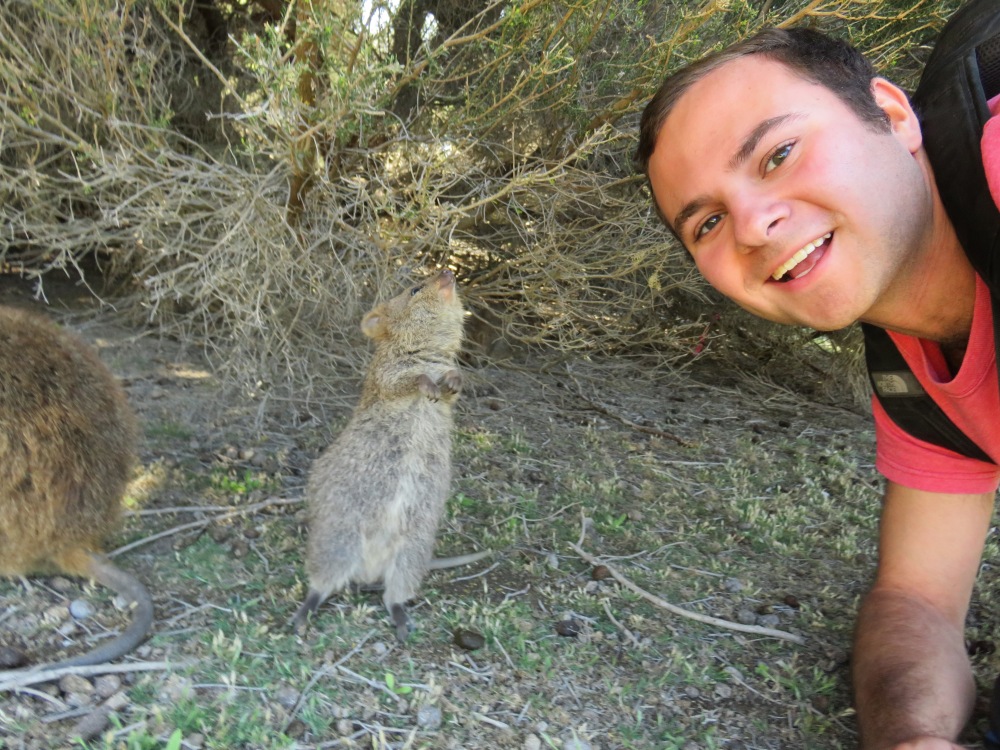
A very friendly quokka joey in the bush!
Oftentimes, several more would come out from the shade and run over to me as well. Most would hop away after a few moments and continue about their business browsing in the shade, but the ones near the main settlement would harass me, searching for food. It is clear that the tourists feed them here despite the threat of a hefty fine. But away from the settlement, most quokkas were curious but still cautious.
Down the path from the settlement are several pink, salt lakes. The lakes are pink due to a bacteria, Dunaliella salina, that grows on the salt rocks. The lakes are filled with pink brine shrimp, which are a favorite snack of the water birds like the endangered fairy terns I spotted nesting along the lake. It was awesome to see a lake that was actually pink!
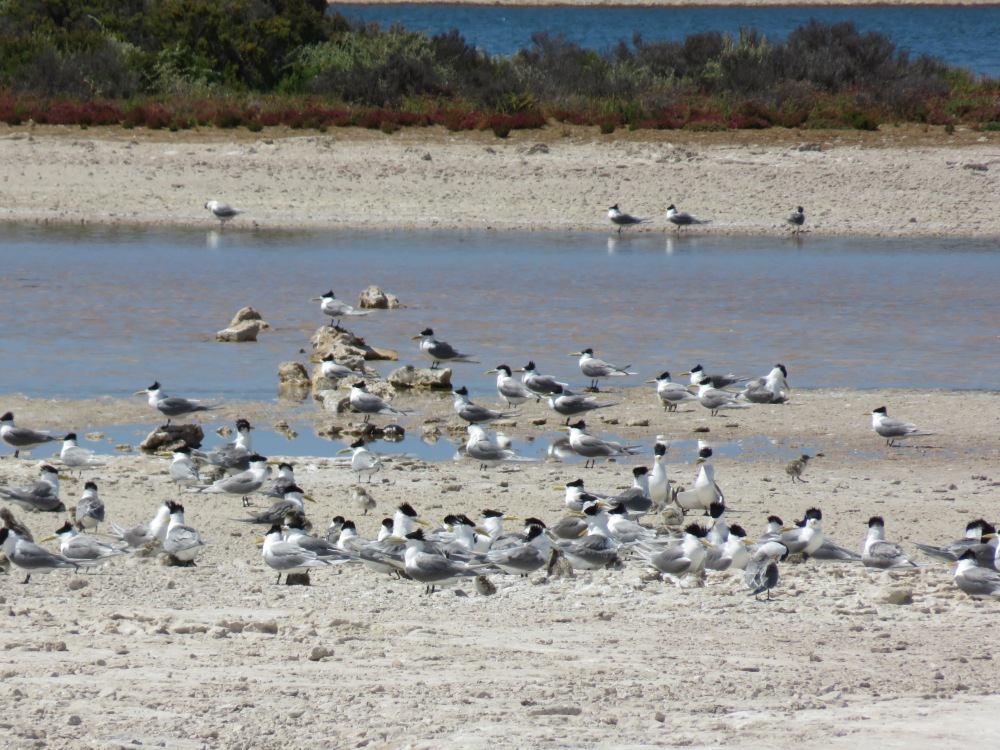
Endangered fairy terns setting up breeding grounds in a prime location, filled with tasty pink brine shrimp to snack on.
Along this path I spotted a duggite, a very venomous snake, slither across the paved road. I probably should have been more freaked out, but luckily I had my zoom lens so I could get a good picture without getting too close. Further up the path was a lighthouse with a nice lookout, where I could see the Perth CBD off in the distance. The island is pretty flat, as I could look out and see almost all of it from a pretty low height.
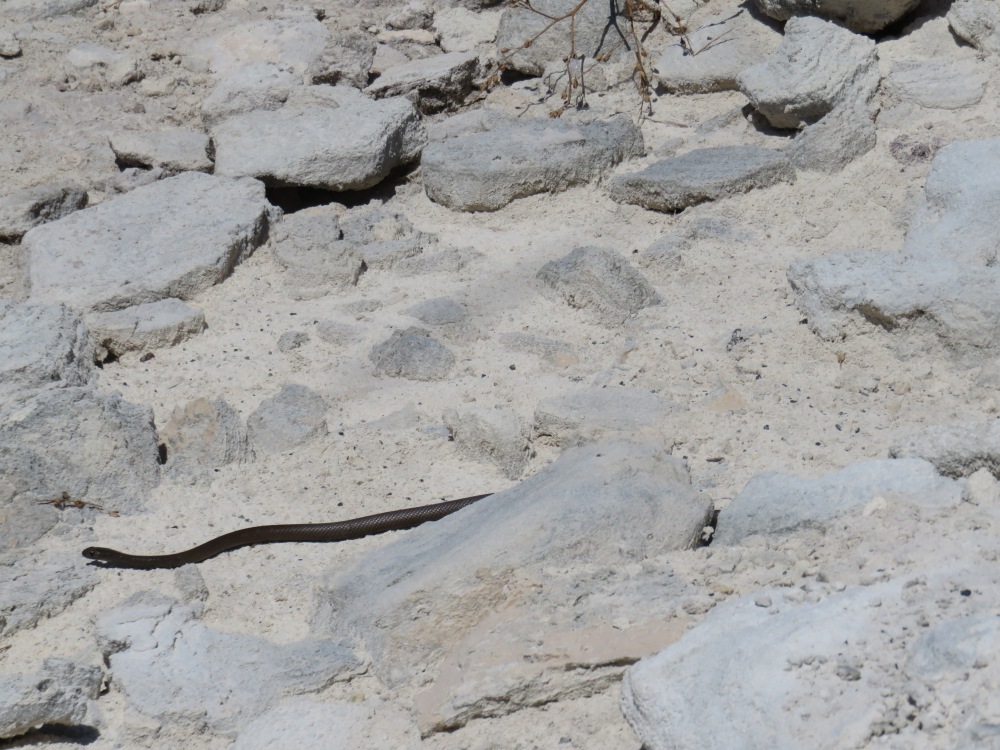
A duggite darting across the rocks
In addition to spotting a couple more quokkas under the dry brush, several sea eagles were flying overhead. I also spotted some type of kestrel flying near the lakes, in addition to a bunch of other waterfowl enjoying the lake. The trail led up to the coastline, marked with beautiful white sand beaches and crystal blue waters.
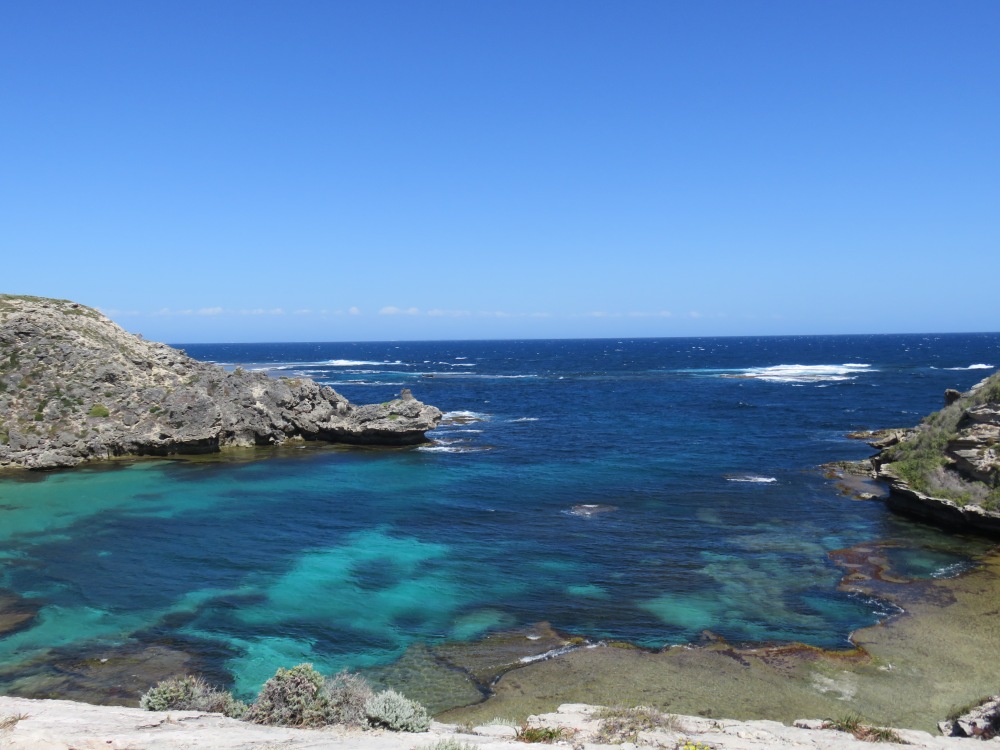
One of the many beautiful views along the coastline of Rottnest island.
The hike down the coast was stunning, with views of the Indian ocean complementing the rocky cliffs. I dipped my feet in at a beach called The Basin, which had a shallow platform that dropped off into a pool-sized hole. It was chilly so I didn’t stay long, but the beach was a great way to cool off after a long hike. Next, I caught a bus that took me to the other side of the island, where there were beautiful cliffs and hardy vegetation. There were several giant skinks that were over a foot long climbing around in the bushes.
The bus ride then took me back along the beautiful coastline, passing by beaches and shipwrecks from long ago. I spent the rest of my time taking pictures of the quokkas around the settlement, then took the last ferry back to town. It was a wonderful way to see some wildlife outside the city.
I couldn’t get enough of the island life, so the next week I took a ferry out to Penguin Island for my last day in Perth. This island has a bunch of different waterfowl and, you guessed it, Little Penguins! Also called Fairy penguins, this island claims to house the largest settlement of the world’s smallest penguin. Right away, I saw a couple huddled together underneath the boardwalk, keeping out of sight from predators in the shade. Though most of the penguins were out at sea feeding, there were still plenty of terns and gulls swarming the beaches. A lot of them were nesting in the intricate limestone caves and formations that lined the coasts. I took a break searching for penguins and had a picnic lunch on a stool-shaped limestone formation, enjoying the view and the company of the waterfowl.
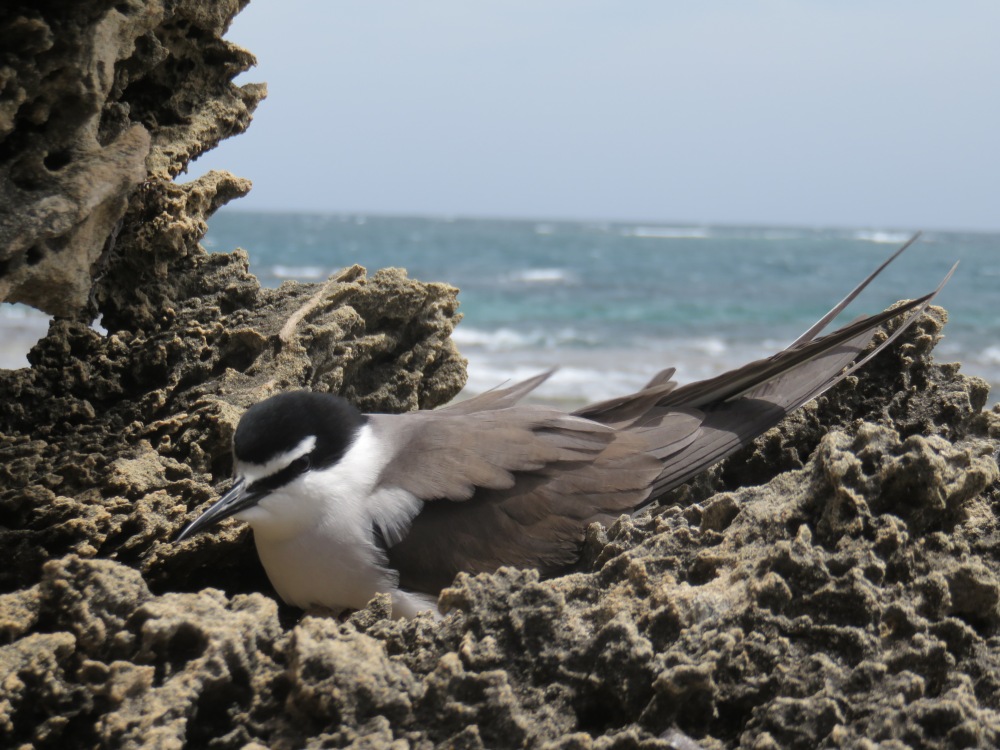
A bridled tern nesting in the limestone rocks
The island also had a sandbar, so I could walk pretty far out and the water was no deeper than my knees. On the way back to the main boardwalk, I saw a little penguin standing underneath the stairs down to the beach. The tiny penguin waddled a bit over to the edge of the shade, then sat down to have a nap. I took a tremendous amount of joy from watching such small movements. Compared to seeing them huddled in the shade of rocks in my favorite exhibit at the Perth Zoo, it was much more meaningful to see one in the wild.
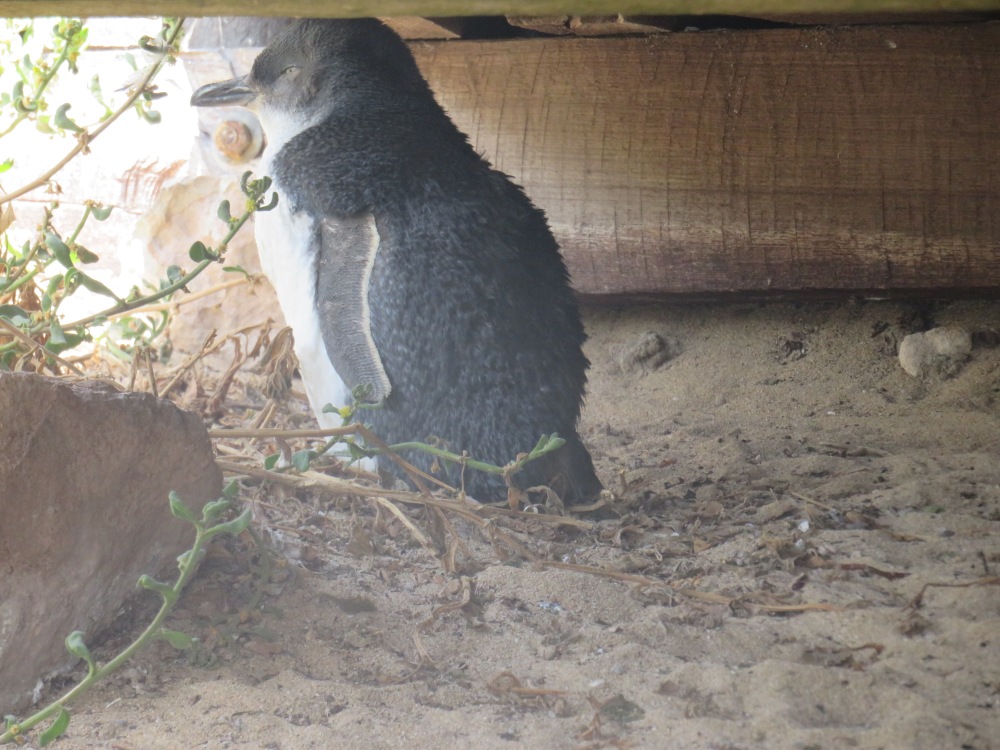
No caption needed.
Now it is time to say goodbye to Perth. Back in Cairns, I’ll finish presenting my findings to the group, and just like that my study abroad program will be over! While it seems like ages ago we were going through Orientation week and seeing the Queensland tropics for the first time, I also can’t believe where the time has gone and wish it lasted longer! But I am very excited for all of the travels that December will bring.
